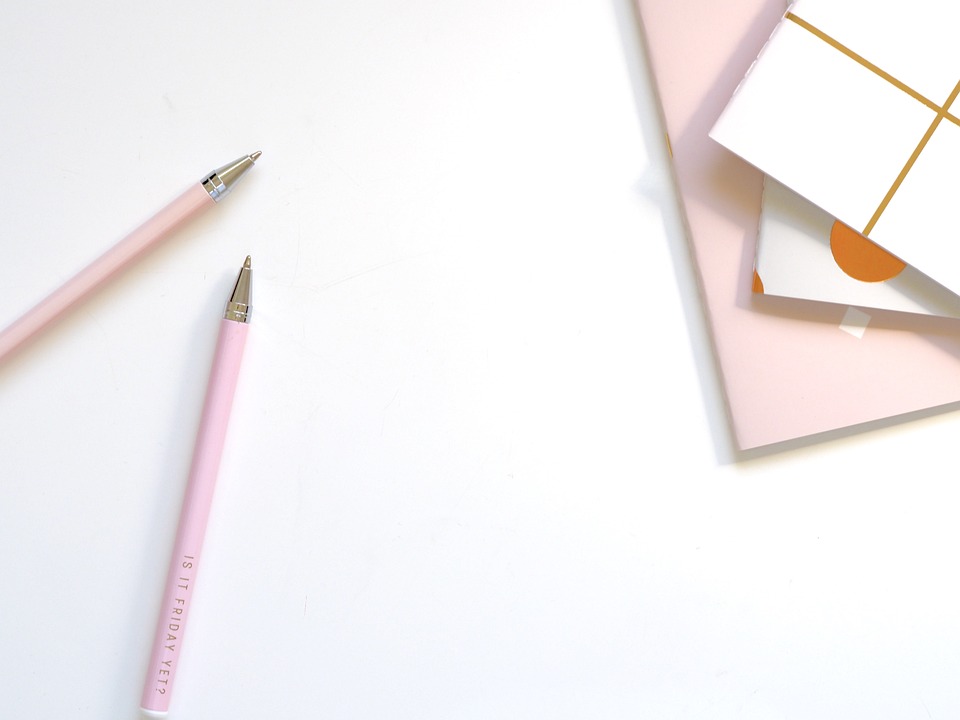The Rise of Polish Graphic Design: Exploring its Unique Style and Heritage
Polish Graphic Design has been garnering widespread recognition and acknowledgment in the global community for its unique style and heritage. For years, Poland has been one of the emerging paradigms of art and design. The roots of Polish graphic design history can be traced back to the early 20th century. Poland’s graphic designers brought something new and distinct to the graphic design styles, amalgamating art and design in a way that was never seen before.
The Unique Characteristics of Polish Graphic Design
Polish Graphic Design is characterized by its experimental and avant-garde approach. The design sensibilities of Polish designers revolve around the ideas of form, aesthetics, and functionality. The designers pay great attention to detail, which can be seen in their immaculate composition and typography. Moreover, they tend to integrate art into their designs, which brings out a unique vibrancy and creative flair.
One of the unique aspects of Polish design is its use of vibrant color hues. This use of bold and vibrant colors is a hallmark of Polish design. The pairing of vibrant hues with intricate typography makes for an exceptionally eye-catching composition. This particular design style can be found in everything from posters, book covers, packaging, and promotional materials.
Another key characteristic of Polish Graphic Design is its use of photomontage. This technique involves integrating images of photographs or other materials into the design, creating an abstract and surrealistic style. This photomontage style has been used time and time again in Polish Graphic Design, contributing to its infamous design style.
Polish Graphic Design Heritage
Polish Graphic Design has a long and rich history, dating back to the early 20th century. The emergence of the poster in Poland in the 1890s paved the way for graphic designers to use their artistic and creative abilities to create beautiful and functional designs. The golden age of Polish Graphic Design was from the 1950s to the 1970s.
During this time, Polish designers started to pursue a more avant-garde design style. They incorporated abstraction, photomontage, and typography together to create designs that followed the latest design and art movements of the time. This was the period when the Polish School of Posters gained worldwide recognition.
The Polish School of Posters is a movement that began in the 1950s and is still influential today in the realm of graphic design. This movement involved designers creating posters that were not just advertising materials but rather pieces of art that were to be cherished and appreciated. The posters created during this era featured bold typography, vibrant hues, and photomontage.
FAQs
Q: What is the Polish School of Posters?
A: The Polish School of Posters is a design movement that took place in the 1950s in Poland. It involved designers creating posters that were not just advertising materials but rather pieces of art that were to be cherished and appreciated.
Q: What makes Polish Graphic Design unique?
A: Polish graphic design is characterized by its experimental and avant-garde approach. The designers pay great attention to detail and tend to integrate art into their designs, which brings out a unique vibrancy and creative flair. The use of bold and vibrant colors, along with intricate typography, makes for an exceptionally eye-catching composition.
Q: What is photomontage in graphic design?
A: Photomontage is a technique used in graphic design that involves integrating images of photographs or other materials into the design, creating an abstract and surrealistic style.
Q: When was the golden age of Polish Graphic Design?
A: The golden age of Polish Graphic Design was from the 1950s to the 1970s.
Q: What is the importance of Polish Graphic Design heritage?
A: The heritage of Polish Graphic Design is important as it showcases the unique artistic and design sensibilities of a particular country’s history. It adds to the cultural and artistic diversity of our world and inspires designers all around the globe.






